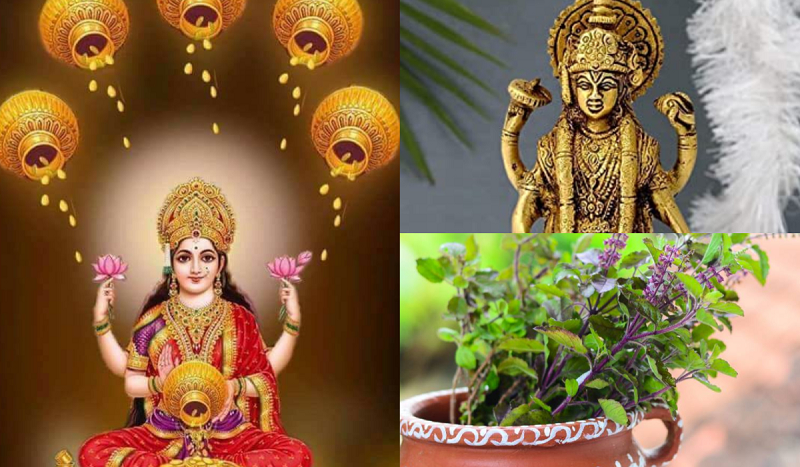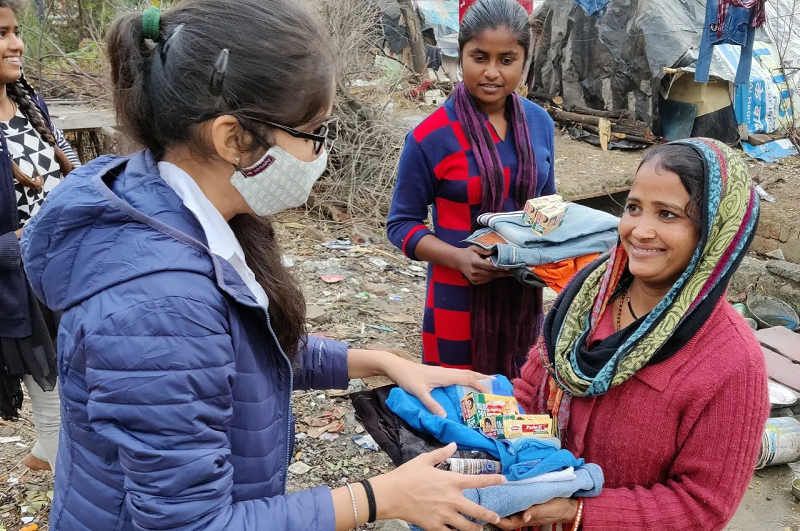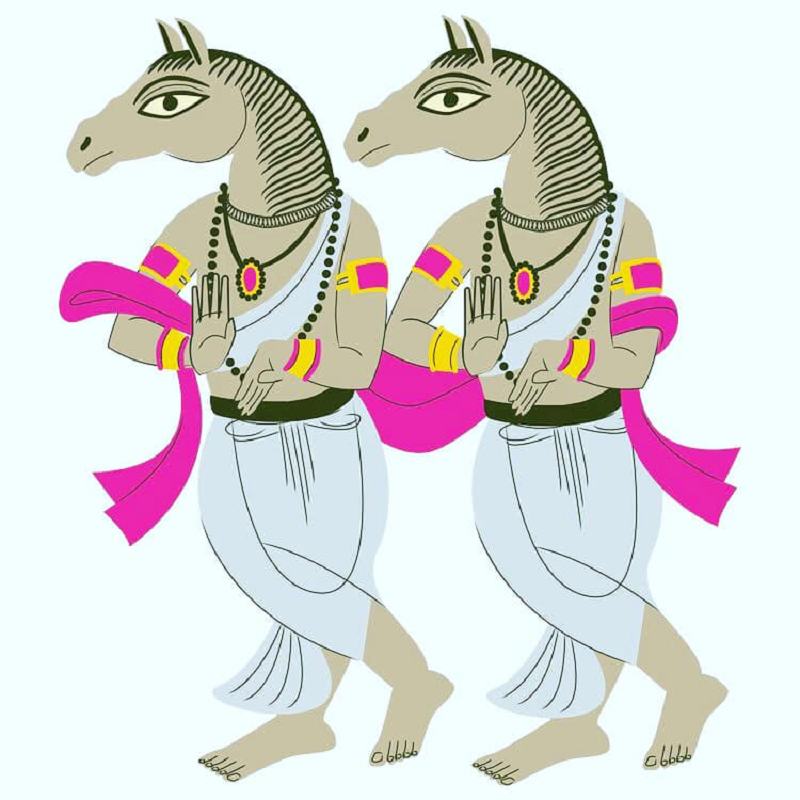
Caution should be exercised when considering a recipe that substitutes traditional ingredients with alternatives, such as making dhokla with white bread. Dhokla is a popular Indian snack that is traditionally made from fermented rice and chickpea flour, and it has a unique taste and texture.
Using white bread in place of the authentic ingredients might alter the flavor, texture, and nutritional profile of the dish. It's important to consider the following factors:
-
Nutritional Value: White bread lacks the nutrients found in rice and chickpea flour, such as protein and dietary fiber. Dhokla made with white bread may not offer the same nutritional benefits as the traditional version.
-
Texture and Taste: Dhokla is known for its spongy and light texture. Using bread may result in a denser and less authentic texture. Additionally, the flavor of the dish might be different from what you expect.
-
Digestibility: Some people might find that white bread is less digestible or causes discomfort compared to traditional dhokla made with natural ingredients.
-
Cultural Authenticity: Dhokla is a dish with cultural significance, and using an alternative ingredient like white bread may not align with the traditional preparation.
If you are interested in trying different variations of dhokla, there are many authentic recipes available that use different ingredients, such as semolina (sooji) or gram flour (besan). These variations can provide unique flavors and textures while still preserving the essence of the dish.
When experimenting with recipes or making substitutions, it's essential to be open to new flavors and textures, but also mindful of cultural authenticity and potential impacts on nutrition and digestibility. It's always a good idea to try a small batch of the dish first before serving it to others to ensure it meets your taste preferences and dietary needs.
(pc freepik)










